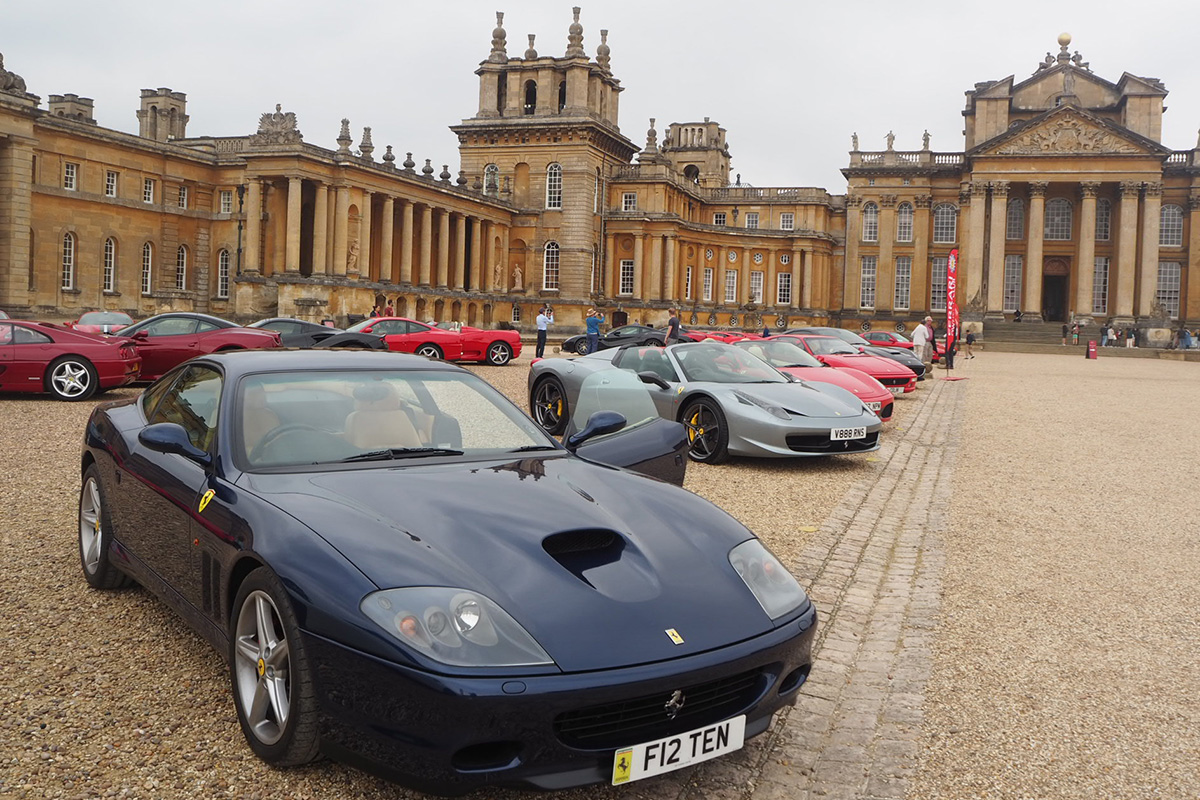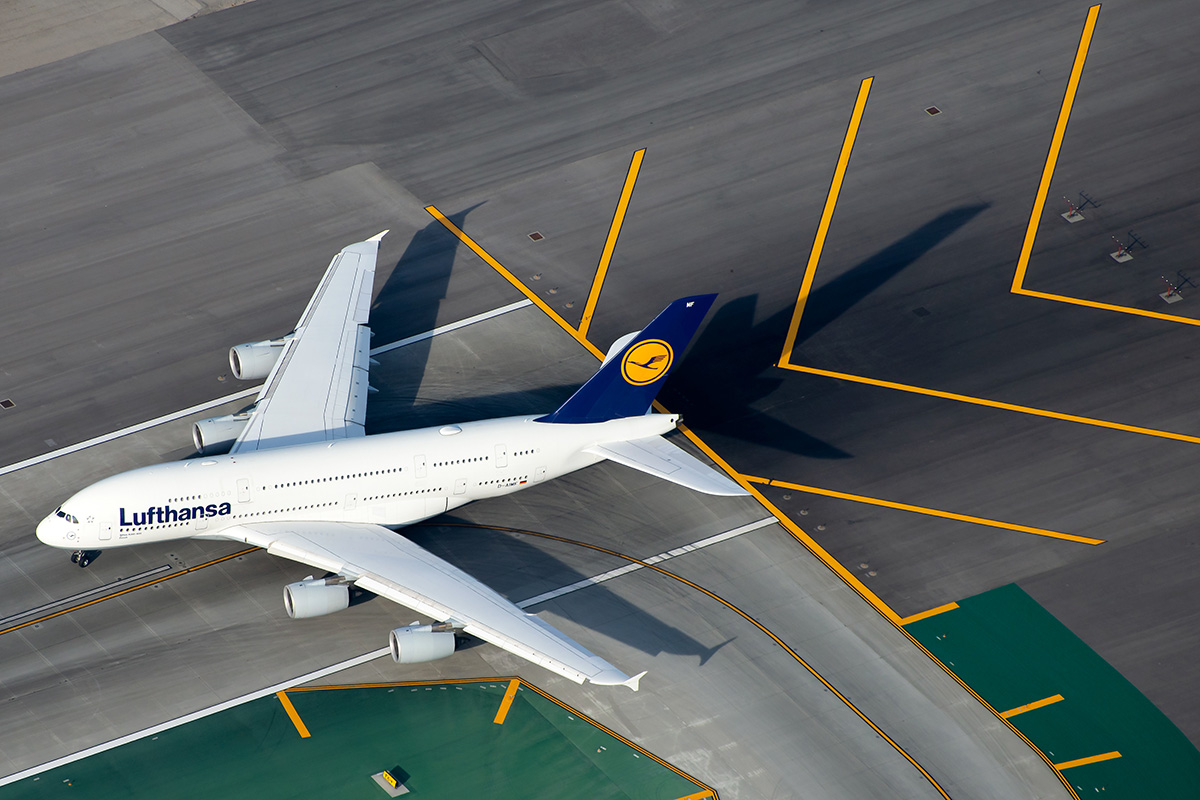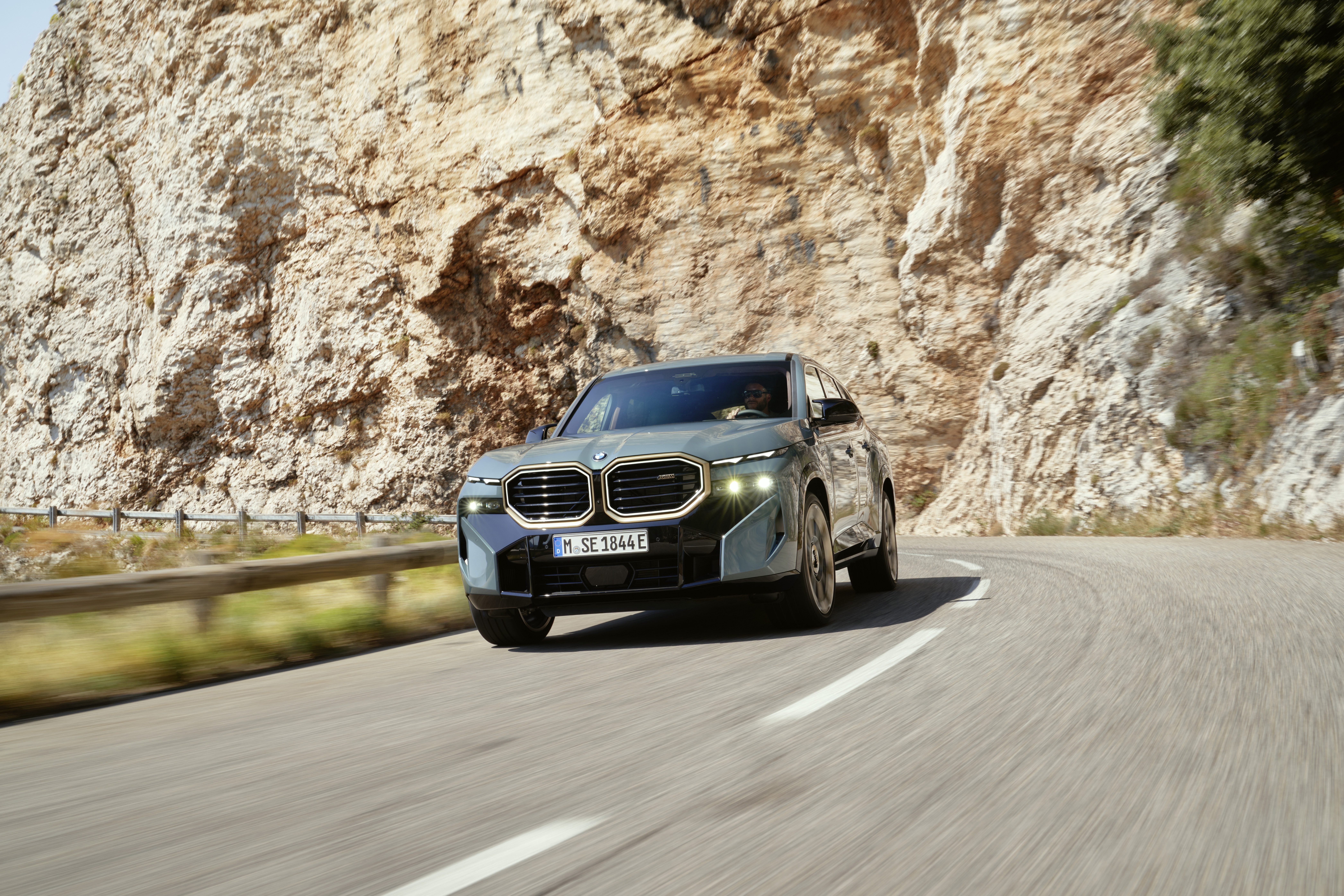
Consumers and business owners should take time to educate themsleves about the most effective ways to combat global heating. Pictured: The Alps on the Swiss/Austrian border, where the total winter snowfall is predicted to fall between 30 and 50% over the next 40 years according to the Swiss Federal Office of Meteorology
The wealthy play a disproportionate part in contributing to greenhouse gas emissions. They have an outsized responsibility to lead the way in combatting global warming. But, crowd pleasing knee jerk reactions will only lead to greenwashing and appeasing the lowest common denominator in the climate debate. Truly effective action requires resources of the most valuable kind: education and thought.
When we published an article by Professor Peter Newell last year outlining the particular responsibilities the wealthy have for reducing carbon emissions, it caused a bit of a stir. The research by Professor Newell, a UK-based academic who was the lead author of a report on the subject by the Cambridge Sustainability Commission on Scaling Behaviour Change last year, showed that the wealthy are disproportionately responsible for CO2 emissions through their consumption, habits and ability to engage in carbon-heavy activities, from flying private to attending art fairs to buying bitcoin.
Not all our readers liked that. They pointed out they participate in carbon offset schemes; that some of their activities are to benefit philanthropic and charitable institutions (theirs and others); and that they were informed about how to lower their personal carbon emissions relative to what they had been before.
To unpick these arguments is complex and points to the quandary many world leaders (political, and other) have, post-COP26, in translating good intentions to make a difference, into effective action.
Are carbon offset schemes effective, or a type of greenwash? How do you balance the benefits of social activities around the world with their carbon cost? (We all have this conundrum, to an extent, encapsulated by the old argument about whether it’s better to buy Fairtrade coffee that benefits an impoverished community in Guatemala, but requires transportation around the world, or no coffee.)
Follow LUX on Instagram: luxthemagazine
What does being informed consist of: should you look at the Net Zero policies of companies you deal with (their stated, and often theoretical, intention to not emit carbon, on balance, sometime in the future)? Or their Scope 3 emissions – the total emissions of all their suppliers? Or at their commitment to the new buzz phrase, a “Just Transition”, that will compensate poorer countries and companies for the undeniable costs of reducing carbon emissions?

Owners of valuable classic cars can claim they are preserving second hand goods with no extra carbon cost, and creating minimal carbon footprint as they are used so little
As a relatively small media company, we can attest to the experience of the latter. Our move to 100% recycled paper, with vegetable-based inks and biodegradable coatings, from our latest issue, increased our production costs by around 40%, for no perceived increase in quality or other commercial benefits, only our own leadership role in responsible culture.
One other challenge – and here I have sympathy with the arguments of some of our readers – is consistency. Firing salvoes at easy targets, while overlooking more significant “culprits”, is baked into society, and carbon emissions are no exception.
One LUX contributor has a classic Italian sports car, which spends most of its life sitting in a dark garage, doing no harm to anything and emitting nothing. A couple of times a year they find the time and opportunity to take it out for a spin.
It is an eye-catching old car, and can’t avoid being the centre of attention, good and bad. Last spring, during one of London’s lockdowns, they took it out to a London park where they were due to meet a friend for a (legal) outdoor coffee. As they were driving slowly through the park, looking for a parking space, a young-ish father on a bicycle with two children on smaller bicycles, riding behind, overtook them and shouted “Polluter!” at the top of his voice.
From his demeanour, smart bicycle and smartly dressed children, he looked like a normal, middle-class chap who might work in marketing (or the media).
Our contributor pondered on this for days. Were they a polluter?
They had bought the car when it was already more than 10 years old, so that was a form of vintage recycling with zero carbon costs of manufacture that any advocate for carbon reduction should approve of. Five months into the year, that was the first time they had driven it and created carbon emissions, a total journey of around 10 miles/16 kilometres, which is approximately one thousandth of the annual mileage of the average driver in a developed country.

A gathering of classic Ferraris at Blenheim Palace in England. Are their owners guilty of being ‘polluters’?
When driving, the Ferrari emits around 50% more carbon than the average car, but their total mileage in the car last year was only around 200 miles/320 km, which pegs their automotive carbon emissions at less than a twentieth of the average commuter. They customarily walk or cycle to the office and meetings in London.
Of course, there was no way their interlocutor would have known all this. But other reference points are out in the open.
For example, major airlines in Europe are being compelled to fly empty planes back and forth around the continent, closed to passengers, tens of thousands of times a month, according to reports by the aviation media. This is happening for a theoretically good reason: airlines fight for valuable slots to use in major airports, and the EU stipulates they have to use or lose these slots, to prevent monopolistic behaviour and increase competition.
With low demand due to the pandemic, airlines still have to use the slots: the EU has reduced its stipulations so airlines have to land their planes 50% fewer times at given airports than they usually would, but that still means that Lufthansa, for example, is compelled to fly 18,000 near-empty flights over the course of this winter. A single flight by an Airbus A319 from Berlin to London, say, emits 10 tonnes of carbon. 18,000 flights means 180,000 tonnes of carbon emissions for no purpose.
These numbers do not include the Scope 3 emissions of each flight – the cost of transport for the crew and service teams, and so on – and they are for just one airline, out of dozens following the EU rules.
Read more: Professor Peter Newell on climate responsibility
Lufthansa alone is being compelled to create CO2 emissions equivalent to 90,000 car driving commuters over the course of a year (or three million drivers of vintage Ferraris, although there are not that many vintage Ferraris to go around), just to comply with EU rules.

EU based airlines are being forced to create enormous amounts of unnecessary CO2 emissions by flying empty planes
Lack of consistency is sometimes used as an excuse to justify immoral behaviour – “Well, he says X but he does Y, so I am going to do Y also”, which is a fallacy. But equally, if we wish to target carbon emissions, we need to be educated, informed and active.
The EU’s well-intentioned but ecologically damaging rules on aviation slots (which have been picked up by Greta Thunberg, among others) are just an example: not an excuse for us to act worse, but a reason for us to focus on the right areas, educate ourselves, see beyond the obvious targets, which in many cases may not be the correct ones. Assumptions and preconceptions won’t solve our issues; thoughtful action will.



